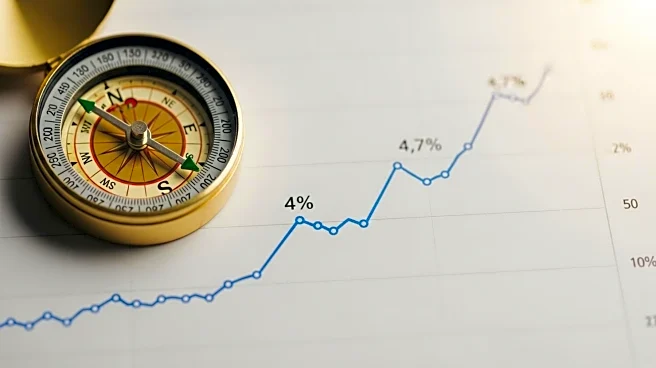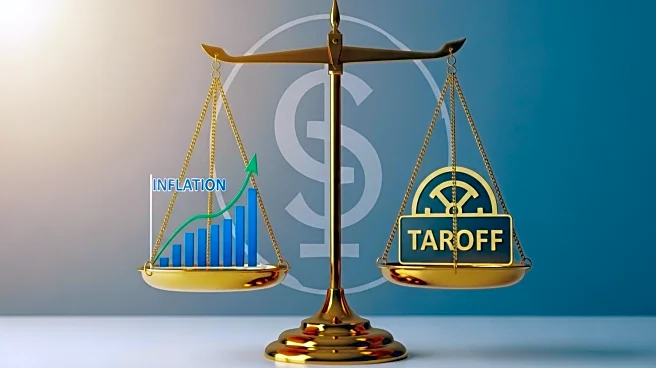What's Happening?
Bill Bengen, a financial adviser, has updated his well-known retirement principle, the 4% rule, to 4.7%. Originally formulated in 1994, the rule suggested retirees spend 4% of their savings in the first year of retirement, adjusting for inflation annually. Bengen's revision reflects changes in investment strategies, including a broader mix of asset classes beyond the traditional stocks and bonds. The update is based on improved research and strong stock performance, suggesting retirees can safely spend more. Bengen himself has adjusted his spending to 4.9% annually, citing the stock market's favorable performance.
Why It's Important?
The revision of the 4% rule to 4.7% is significant for retirees and financial planners, as it addresses the evolving nature of investment portfolios and economic conditions. The original rule was a simple solution to the complex problem of funding retirement, but it may not suit all retirees, especially those with limited savings. The update encourages a more dynamic approach to retirement planning, allowing for adjustments based on market performance and personal circumstances. This change could impact how retirees manage their savings and address the fear of outliving their money.
What's Next?
Retirees and financial advisers may need to reassess their retirement strategies in light of the updated rule. The broader investment portfolio recommended by Bengen could lead to more personalized retirement plans, taking into account individual financial situations and market conditions. As the financial landscape continues to evolve, further adjustments to retirement planning principles may be necessary to ensure retirees can maintain their desired lifestyle.
Beyond the Headlines
The shift from the 4% rule to 4.7% highlights the importance of adaptability in financial planning. It underscores the need for retirees to stay informed about investment trends and economic changes. The update also reflects a broader trend towards diversification in investment strategies, which can offer greater security and potential growth for retirement savings.











